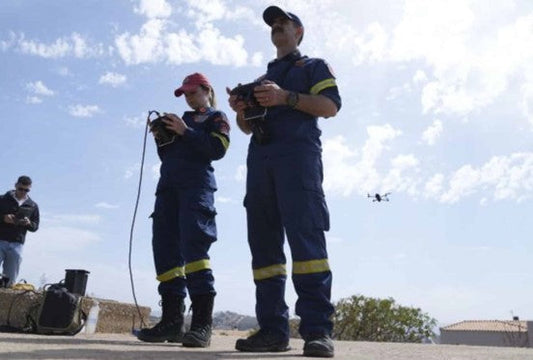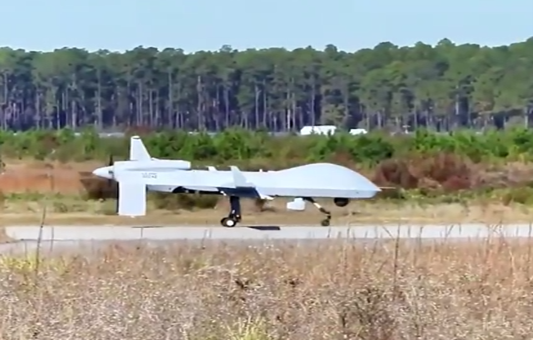
The US Army canceled the Gray Eagle UAV project
공유하다
Reference News Network reported on May 21 that the U.S. Army canceled its future tactical unmanned aerial system project, citing rapid technological progress, according to the website of the U.S. bimonthly magazine "The National Interest" on May 19.
This is the latest high-profile U.S. Army project to face cancellation. Just a week ago, the Army announced that it would cancel the development of the M10 Booker combat vehicle from General Dynamics Land Systems and the MQ-1 Gray Eagle medium-altitude long-endurance drone from General Atomics-Aeronautical Systems.

The cut-out of these programs is part of the Army's Transformation Plan, announced May 1 this year, to reduce waste and revisit some of the Army's recent procurement programs.
In a letter to Army leaders, Army Secretary Dan Driscoll and Army Chief of Staff Gen. Randy George said: "Battlefields around the world are changing rapidly. Autonomous systems are becoming more lethal and less expensive. Sensors and false targets are everywhere. Dual-use technologies are evolving faster than we can defeat them. In order to maintain our superiority on the battlefield, our Army will transform into a leaner and more lethal force by adapting the way we fight, train, organize, and purchase equipment. ”
The letter mentions the "Gray Eagle" drone. "Yesterday's weapons cannot win tomorrow's war," the letter reads. ”
A report by Jane's Information Group, an international military analytics firm, said the Future Tactical Unmanned Aircraft System program had sought to develop a successor to Textron Systems' RQ-7 Shadow UAV to "provide brigade-level intelligence, surveillance, and reconnaissance."
It is difficult to say that the future tactical unmanned aerial system is yesterday's weapon, but the Army also does not see it as a future-proof platform.
However, just last September, the project reached two milestones. The Army explained last year that the UAS was developed to "provide brigade combat teams with the organic ability to conduct reconnaissance and surveillance operations that collect, develop, and report actionable intelligence, enabling brigade combat team commanders to maintain an advantage in multi-domain combat operations."
The Army noted at the time that the Future Tactical Unmanned Aerial System could provide "transformative capabilities," including "runway-independent" vertical take-off and landing, mobile command and control, and "military-led field-grade maintenance," while its "modular open systems approach allows the system to keep pace with technological developments through rapid capability insertion."
But none of this will be enough to ensure that the project continues to be funded and grown.
"We are changing the way we advance the integration of unmanned aerial systems based on the ever-changing battlefield," the Army told Jane's Information Group. With technology evolving at a rapid pace, we can't be tied to long-term projects, we need to bring in technology that can solve current problems. ”
"We will first equip each division with 1,000 drones, and then we will test these systems to see if we can scale them up," the army added. ”
"We will first equip each division with 1,000 drones, and then we will test these systems to see if we can scale them up," the army added. ”
Two competitors participated in last year's "Conformance Assessment and Flight Demonstration" of the Army's modular open systems approach, the Textron Systems Aerial Detector Mk 4.8 HQ UAV and the Grifon Aerospace Warrior UAV, held at the U.S. Army Redstone Test Center outside of Huntsville, Alabama. The U.S. Army previously announced that it would select a winner of the competition by the end of the fourth quarter of fiscal year 2025. (Compiled by Qiu Fang)




